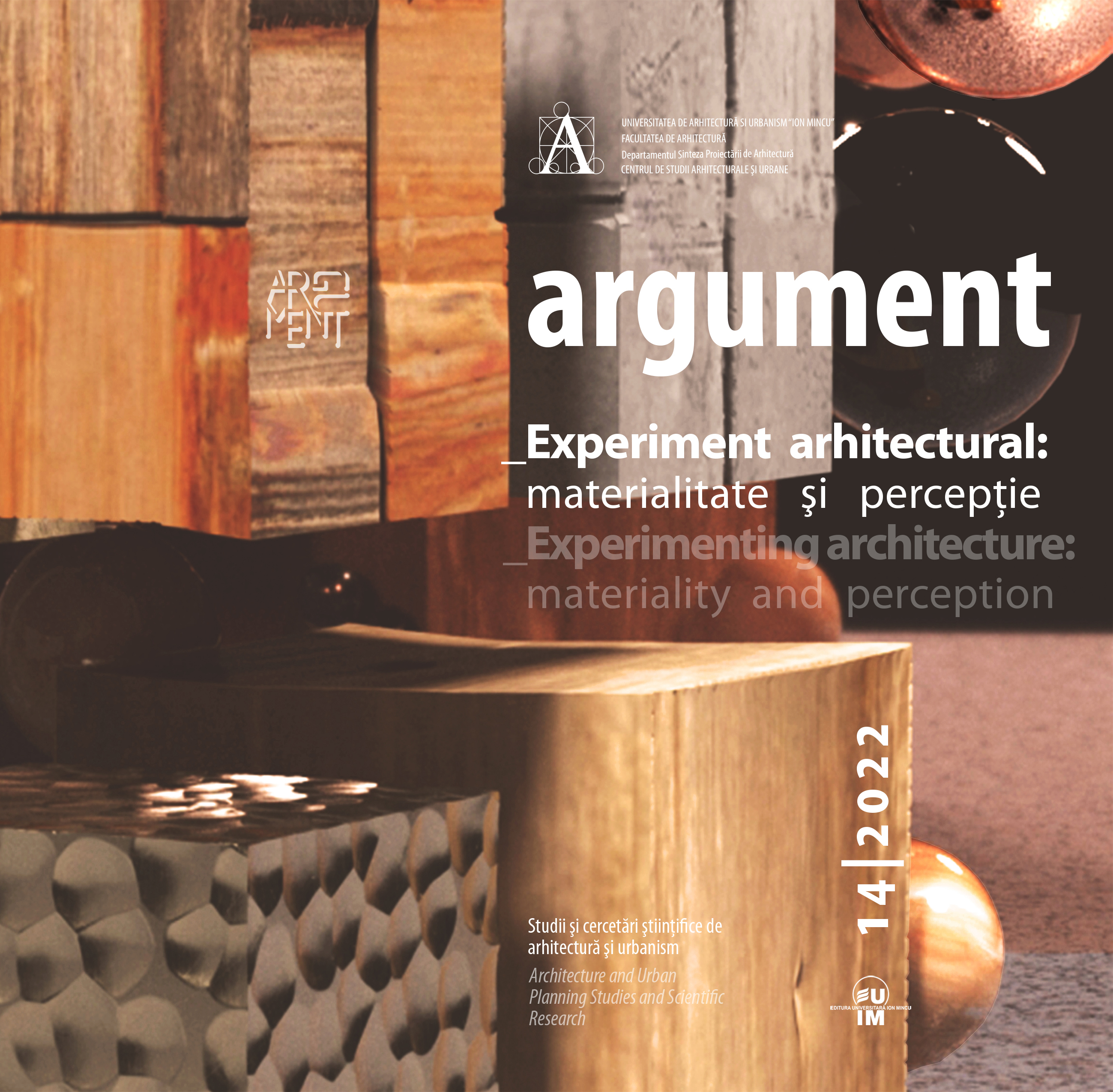Materialitate și percepție în arhitectura spațiilor de expunere a artei. De la cubul alb la o experienţă senzorială complexă
Materiality and Perception in the Arhitecture of Art Exhibiton Spaces. From the white cube to a complex sensory experience
Author(s): Iris GANEA – CHRISTUSubject(s): Museology & Heritage Studies, Architecture
Published by: Editura Universitară “Ion Mincu”
Keywords: exhibition space; spatial perception; curation; white cube;
Summary/Abstract: Art and architecture have often worked together, so it is not surprising that architects around the world continue to create and transform spaces for exhibiting art in an appropriate setting. Art has always been an escape from the world, a glorification of the worldly and a way of translating human emotions. It has evolved and generated various movements and styles over time, but the traditional elitist gallery consisting of a neutral space, devoid of accents, meant to highlight only the works it contains, has dominated the architecture of museums for a long time. From royal collections to national museums or salon collections, the history of the exhibition of artworks has known rich and varied stages. In this evolution, however, a turning point occurred in the 1930s, when the Museum of Modern Art in New York and its director, Alfred H. Barr Jr. developed the aesthetic concept of the “white cube”, a revolutionary method of presentation at that time, which aimed to focus in a netral manner on the works, erasing from their space everything that could have interfered with the object on display, as a response to the specific needs of that era. Since then, society and culture have undergone important changes but spatiality and the manner of display in modern and contemporary art museums and galleries have remained essentially the same, regardless of the nuances of present reality. This paper aims to explore the ways in which a series of architects, artists and curators detached themselves in different periods from the vision of the “white cube” and turned to the use of architecture as a resource for building a coherent artistic and curatorial discourse, which was not limited only to the visual nature of the exhibition, but engaged (all) the visitor’s senses in a complex sensory perception. We will refer to the spatial experiments of El Lissitzky and to the exhibitions of Lina Bo Bardi, who reinterpreted conventional modes of communication and architectural vocabulary to create a multisensory experience. At the same time, exhibitions or galleries designed by contemporary architects like Álvaro Siza and Carlos Castanheira will be studied, as they also emphasize the role of architecture and its characteristics in terms of building an artistic concept and of involving the viewer in receiving and decoding the message.
Journal: Argument
- Issue Year: 14/2022
- Issue No: 14
- Page Range: 232 - 247
- Page Count: 16
- Language: English, Romanian

